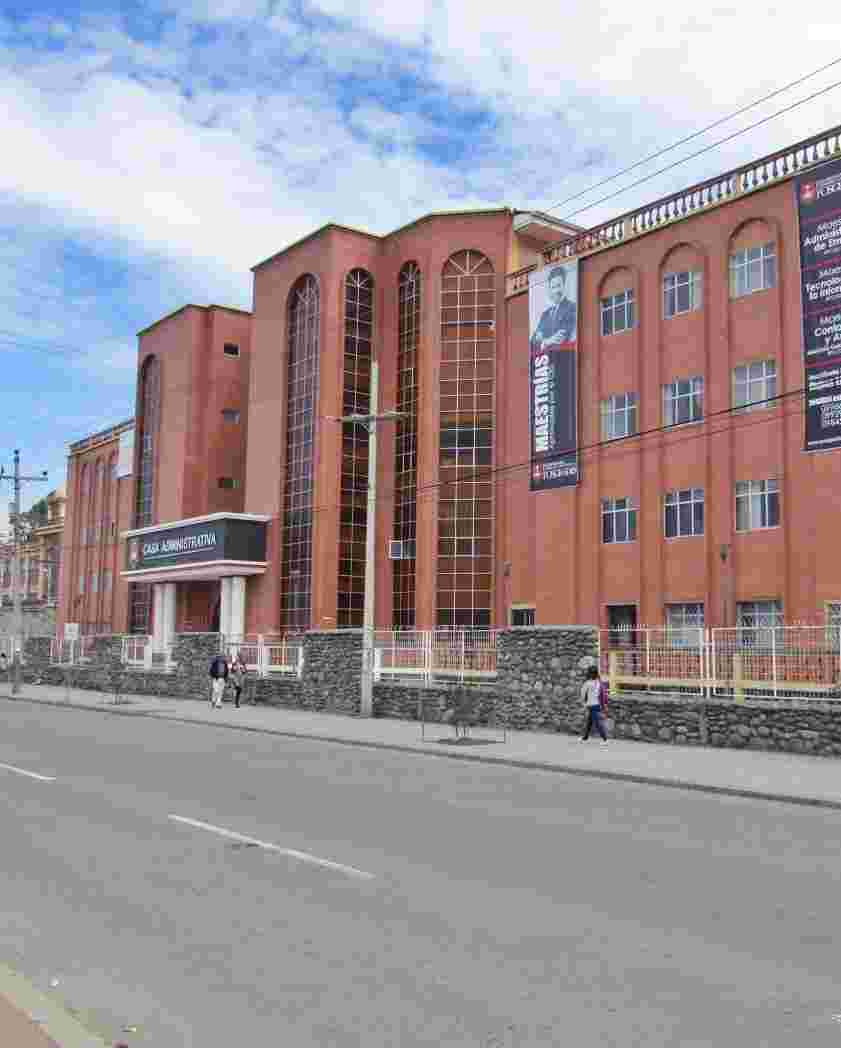Caracterización de fibra óptica para iluminación natural
| dc.contributor.advisor | Pulla Galindo, Giovani Santiago | |
| dc.contributor.author | Rodas Balseca, Christian Nelson | |
| dc.contributor.cedula | 102580958 | es_ES |
| dc.coverage | Cuenca – Ecuador | es_ES |
| dc.date.accessioned | 2020-08-13T20:35:03Z | |
| dc.date.available | 2020-08-13T20:35:03Z | |
| dc.date.issued | 2016 | |
| dc.description | A nivel mundial, el consumo de energía eléctrica por iluminación es uno de los problemas más tratados en todos los entornos de investigación ya sea en universidades como en los gobiernos estatales. La búsqueda de una solución que ayude, de tal manera que el consumo energético disminuya el impacto que tiene para la economía mundial y estatal, es la respuesta para desarrollar un sistema de iluminación que evolucione para alcanzar las exigencias actuales que sean más eficientes. Esa es la clave fundamental para el siguiente estudio. Que información se tiene actualmente sobre un sistema de iluminación natural? En la actualidad empresas privadas en países desarrollados ya han dado un primer paso en la investigación de sistemas iluminación natural. La utilización de una fuente de energía inagotable como es la del sol, ha llevado a una serie de experimentos para poder canalizar esta fuente de luz a ciertas aéreas, donde el acceso de luz natural es imposible llegar por los diseños de construcción actual. “La caracterización de la fibra óptica para iluminación natural”, de un filamento de fibra como medio de propagación de esta fuente de luz, ha llevado a una caracterización de qué tipo de fibra es la más conveniente para poder cumplir con este objetivo principal, que es el de iluminar aéreas carentes de luz natural. La investigación propuesta busca dar a conocer la información del tipo de fibra que servirá para la aplicación objetiva de estos tipos de sistemas. Las pruebas que se realizaran son únicamente con las fibras adquiridas en el mercado internacional, variando la cantidad y su diámetro para obtener un mejor resultado. La construcción y diseño de un prototipo para la iluminación natural es muy importante ya que va a mejorar el rendimiento al momento de la captación de la luz natural y así poder usarla de manera más eficiente. Sin embargo, la construcción de un prototipo no sería nada sin los equipos necesarios para probar que tan efectivo es el sistema completo. La “Universidad Católica de Cuenca” posee un laboratorio de Alumbrado que permitirá obtener resultados concretos sobre la utilización de un tipo de fibra para la iluminación en un sistema de iluminación natural. | es_ES |
| dc.description.resumen | Worldwide consumption of energy by lighting is one of the most discussed problems in all research environments both in universities, as well as in governments. The search for a solution that could help in such a way as to reduce the negative impact that energy consumption has on the world and economy, is the key for the development of a lighting system capable of evolving towards the current demanding standards of efficiency. This is the fundamental key for this study. What information is available nowadays about natural lighting systems? Currently, private companies in developed countries have taken a first step towards the research on natural lighting systems. The possibility of using an infinite source of energy, such as the Sun, has led to several experiments which pursuits a way to transport the light source to some areas where the access is impossible due the current design in constructions. “The characterization of fiber optics for natural lighting”, fiber filaments as a medium for the propagation of this light source, has led to a characterization of the most convenient type of fiber that can be used to achieve this, which is to light areas that do not receive this natural source. This research proposal aims to provide information about the type of fiber which will be convenient for the implementation of these types of systems. Testing will be carried out only on fibers acquired in local markets, testing different quantities and diameters seeking for the best marks. The design and construction of a prototype for natural lighting is very important because it will improve the performance since the moment of capturing natural light, and will make it possible to use it in an efficient way. However, the construction of a prototype would not be useful without the necessary equipment for testing the effectiveness of the complete system. The Catholic University of Cuenca possess a lighting laboratory that will allow us to obtain actual results of the use of a certain type of fiber for lighting, which will be used in a natural lighting system. | es_ES |
| dc.format | application/pdf | es_ES |
| dc.format.extent | xiv, 39 páginas | es_ES |
| dc.identifier.other | 5BT2016-TE2 | |
| dc.identifier.uri | https://dspace.ucacue.edu.ec/handle/ucacue/7957 | |
| dc.language.iso | spa | es_ES |
| dc.publisher | Universidad Católica de Cuenca. Carrera de Ingeniería Eléctrica | es_ES |
| dc.rights | Atribución 4.0 Internacional | |
| dc.rights | info:eu-repo/semantics/openAccess | es_ES |
| dc.rights.uri | http://creativecommons.org/licenses/by/4.0/deed.es | |
| dc.source | Universidad Católica de Cuenca | es_ES |
| dc.source | Repositorio Institucional - UCACUE | es_ES |
| dc.subject | Iluminación Natural | es_ES |
| dc.subject | Fibra Óptica | es_ES |
| dc.subject | Filamento De Fibra | es_ES |
| dc.subject | Transporte De Luz | es_ES |
| dc.title | Caracterización de fibra óptica para iluminación natural | es_ES |
| dc.type | info:eu-repo/semantics/bachelorThesis | es_ES |
| dc.type | info:eu-repo/semantics/publishedVersion | es_ES |
| thesis.degree.discipline | Carrera de Ingeniería Eléctrica | es_ES |
| thesis.degree.level | Título Profesional | es_ES |
Archivos
Bloque original
1 - 1 de 1
Cargando...
- Nombre:
- RODAS B. CHRISTIAN N..pdf
- Tamaño:
- 1.91 MB
- Formato:
- Adobe Portable Document Format




